Digging up buried Bronco treasure in Ford’s private archives
The climate control system’s steady drone echoes through the frigid, fluorescent-lit room. Archival, rolling-stack shelving stands wall to wall, each vertical slice of materials pressed tightly against its neighbor until physically separated by using a lever. Ford historian Ted Ryan has spent enough time here to know he needs to raise his voice so we can hear him over the hum of the fan. “Few [outside Ford] have ever seen this stuff,” he assures us. “We’re the memory of the Ford Motor Company.” He’s wearing a down vest, because this special-access vault keeps the temperature at a consistent 41 degrees to extend the shelf life of the Blue Oval’s precious visual history.

Here, at the archives inside the Ford Engineering Lab in Dearborn, reside 1.5 million film negatives (350,000 of which are for styling projects) and miles of ad film reels dating back since the beginning of Ford Motor Company. There’s more outside of the cold room, with dozens of ceiling-high shelves that house everything from executive correspondence to marketing materials, design sketches, shop manuals for every Ford imaginable, press kits, and clay modeling tools. Amidst the boxes and bubble wrap lies a scale model of the Henry Ford II, a bulk freighter built in 1924 and eventually laid up at the Rouge Steel slip in Dearborn after its final sail in 1988. Across the room, inside a storage drawer, lie hundreds of small keepsakes from Ford’s past. Old employee I.D. badges. Various pins, and cuff links shaped like Mustangs. Cigarette lighters, gear shift knobs, fabric patches. A woman’s compact mirror bearing a V-8 logo, maybe a foot away from a Rouge factory bus ticket from the 1940s.
In total, the Albert Kahn-designed Ford Engineering Lab, completed in 1924, houses more than than 16,000 cubic feet of records on three miles of shelving. None of it is normally open to visitors. Fortunately for us, this is not a normal day. Ford had intended to show off a special presentation of Bronco archival material to several local media outlets at once, but when concerns around the spread of the coronavirus were just beginning to heighten in mid-March, plans changed. We received an exclusive invite to tour the archives and plunge into the belly of the Bronco’s history. Come along for the wild ride.
Oppositional research
In July 1963, Ford completed an internal study about the market and product plans for several long-range trucks, including everything from highway tractors to half-ton pickups and the Econoline. On page 10 of this report, titled “Light Utility Vehicles,” we see the first seeds of the Bronco beginning to germinate. Ford spoke with Jeep CJ and IH Scout owners for their feedback, learning about the customers they’d need to convert for a potential competitor. “Both the Scout and Jeep lack adequate performance and have poor comfort, ride, and vibration qualities,” reads the transcript. “The majority of the Scout and Jeep owners questioned in small group research discussions indicated that four-wheel drive conventional trucks are too large to suit their needs for, generally, a combination of business and pleasure.”
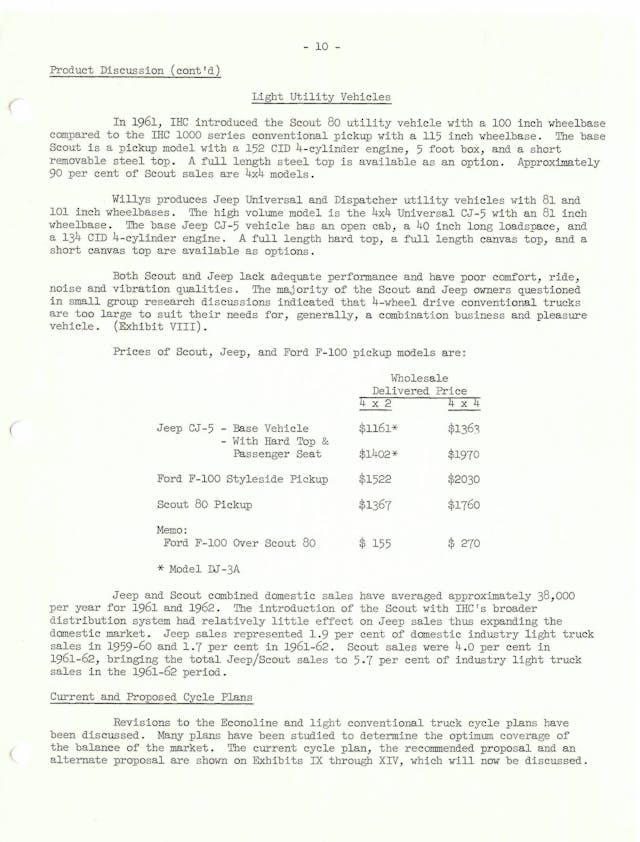
At this point, the idea of a utility vehicle on its own platform—not derived from a larger truck or a 4×4 Ranchero of some sort—was still being evaluated for financial viability. The next big step toward realizing this project came months later, in October 1963.
“Bronco” was the original project codename
On October 23, Lee Iacocca sent out an executive communication to members of the Ford product planning committee. (Such messages, reserved for executive VPs and higher, were called “blue letters” because of the shade of the paper on which Ford printed them.) The subject: Four-Wheel Drive Vehicles (0–10,000 GVW).
“The purpose of this communication is to review the size and composition of the four-wheel drive vehicle market in the 0–10,000 GVW [gross vehicle weight] range, outline possible product actions to improve penetration and profits, and request approval of interim funds for further development of a Ford utility vehicle, code-named Bronco.” (Emphasis added.)

Iacocca recognized that there was a major hole in the market that Ford could fill, and that all came from the prior research into Scout and Jeep owners:
“Interviews conducted with both Scout and Jeep owners indicated that they do not consider their vehicles to be either trucks or cars. Rather, these units are felt to be specially designed vehicles that can carry nominal loads over all types of terrain. The combination of a high degree of maneuverability and a four-wheel drive feature provides an ideal vehicle for use by campers, service station operators, loggers, rangers, and others desiring transportation under adverse conditions.
The Scout appeals to a wider range of owners than does the Jeep, primarily because it has more power and provides a more comfortable, roomier interior without appreciable loss in maneuverability. A hard core of Jeep-oriented owners remain. These tend to be hunters, who require maximum maneuverability and ruggedness for use in the mountains, service station and snow removal operators requiring narrow width and maximum maneuverability, and those who [believe] the name “Jeep” is synonymous with 4×4’s.
Almost all Jeep and Scout owners interviewed indicated that a conventional 4×4 truck was not suitable for their needs.”
Iacocca’s instructions for the Bronco were clear. Ford’s utility offering needed to be four-wheel drive, maneuverable, and geared toward anyone needing a jack-of-all-trades vehicle designed for adverse conditions—work-focused and recreational alike. “A new Ford designed utility vehicle is being developed to provide a vehicle that combines the best features of both the Jeep and the Scout plus desirable extras,” Iacocca wrote, “such as superior ride and NVH, greater performance, better maneuverability, and improved ground clearance.”
Drawing on its experience building the M-151 “Mutt” military utility vehicle and more than 282,000 military 4x4s during the second World War, Ford was confident it could get the job done. It envisioned the Bronco as a similar G.O.A.T. (Goes Over Any Terrain) vehicle. To help convince the Product Planning Committee, Iacocca referred to measures that would minimize development and manufacturing costs. Chief among them was that several parts from the F-100 (side panels, tailgate, floor plan, and more) would be re-used or lightly modified for the Bronco.

A week after this blue letter went out, clay model feasibility reviews began, and by mid-November there were sketches that started to clearly resemble the production vehicle to come.
As of February 12, 1964, Ford had authorized further expenditures of $300,000 to continue development of the Bronco, and Iacocca requested that the Product Planning Committee green-light the project. You know what happened next. The Bronco took the off-road market by storm when it launched in August 1965 for the ’66 model year. In the words of Ford VP and General Manager Donald Frey, who very much envisioned the Bronco as a sibling to the Mustang, “Another pony joins the stable.”
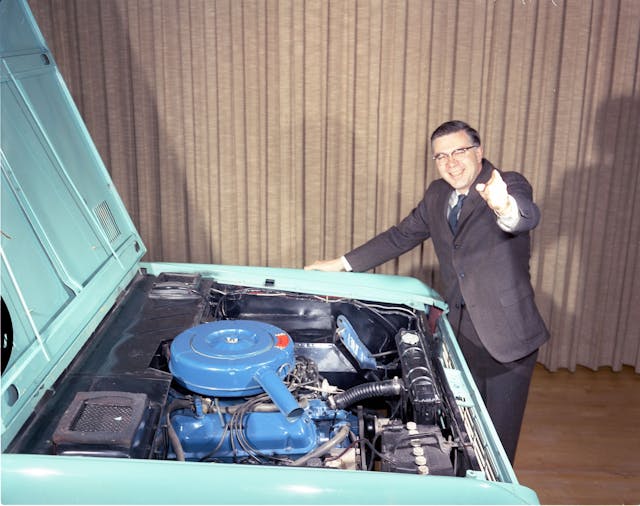
Barris-built 1966 Dune Duster concept
As part of its display at the 1966 Detroit auto show, Ford showed off a funky Bronco concept called the Dune Duster, enlisting customizer George Barris (of Batmobile fame) to handle the build. Notable features included the angle door sill, bed cover, NHRA-approved roll bar, convertible top, walnut-trimmed control knobs and steering wheel, suede- and leather-trimmed seats, rear jump seats, chrome bumpers, and a chrome exhaust pipes. The Dune Duster made the rounds at auto shows throughout the following two years, until it was repainted with an on-brand-for-1969 multicolored flower petal theme.
The list of rejected names for the Bronco is most excellent
Did you know that Ford considered a whole bunch of other names for the Bronco? Frey was keen on the equine theme and ultimately stuck with the vehicle’s original codename, but this list of would-be names is tantalizing. How about Bravo, Caballero, Custom, Explorer, Gaucho, Rustler, Sprint, Trail Blazer, and even Wrangler?
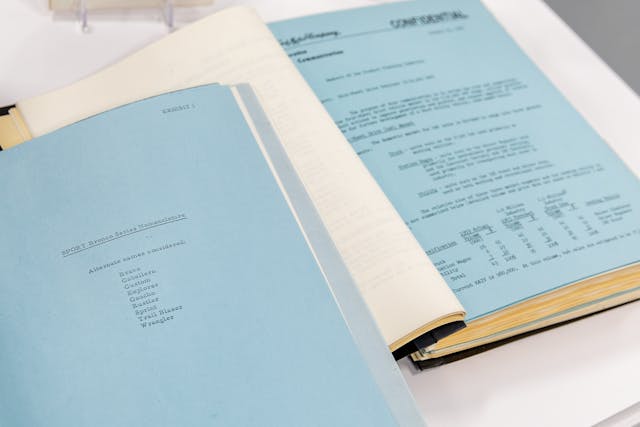
Codename “Shorthorn” was the second-gen Bronco we barely got
The second-generation Bronco moved away from its unique chassis and design, becoming essentially a spin-off of the F-Series truck. This move allowed for greater parts sharing and economies of scale to meet demand. The original plan for the second-gen Bronco, dubbed “Project Shorthorn,” was supposed to arrive for 1974. However, it had to be scrapped amidst the oil crisis in the early ’70s. The vehicle ultimately didn’t launch until 1978, just two years before the third-gen model launched in 1980.
Of course, that means that several model years of planned “Shorthorn” Bronco never saw the light of day. The above negatives of styling exercises (so-called S-negs) show what could have been the ’74 model, with round headlights and inboard amber indicators, a continuous line through the side body, and a much narrower and more upright B-pillar.
In 1977, two Broncos chased a wacky transcontinental hot air balloon flight
What follows sounds completely made up, like some kind of mushrooms-fueled madlib, but we swear it’s true. Hot air balloonist Karl Thomas, 28, set off from Los Angeles in February 1977 in a hot-air balloon. Thomas’ mission, planned with support from Ford as part of a promotional campaign called the “Limited Edition Sail,” was to fly to Daytona, Florida, in under 41 days to break the coast-to-coast ballooning record. (The prior summer, Thomas had failed to cross the Atlantic in a balloon and was recovered safely from the ocean.)
The ground crew supporting Thomas on his journey was a team of 18, supervised by veteran Bronco racer Bill Stroppe. Naturally, the handful of Limited Edition Sail Ford vehicles under Stroppe’s command included two Broncos, one of which was kitted out as a medical rig today known to Bronco buffs as the Balloon Chase Ambulance. (The company that outfitted these vehicles, Recreational Vehicles, Inc., eventually built commemorative examples and sold them to the public. One such blue-crossed Bronco was used in the filming of Fear and Loathing in Las Vegas.)

Still with us? According to Todd Zuercher’s book, Ford Bronco: A History of Ford’s Legendary 4×4, the stunt went south—literally—right from the start. Setting off at three in the morning, Thomas was blown off course and deeper into the Arizona desert than planned. Before he knew it he was on the ground in Mexico, with Stroppe somehow right there with him convincing local officials that everything was surely in order and could they please just continue with their important business. After regrouping in Phoenix and conveniently forgetting requests from Henry Ford II that the whole thing be abandoned, the absurdity continued up toward Montana, and the fun really hit a fever pitch once the balloon landed in a canyon in South Dakota’s Wounded Knee to the displeasure of some armed Sioux locals. Next, Nebraska, Alabama, and somehow, finally, Jacksonville, Florida.
Of course, technicalities with the recording process preventing the team from earning a Guinness record despite completing the trip in 18 days, but at least Stroppe got—count ’em!—eight traffic tickets to show for it. Zuercher notes, “Unfortunately, no evidence exists that the sail affected vehicle sales.”
Ford researched, but never executed, a cross-promotional Bronco for the 1980 Winter Olympics
Nothing earth-shattering here, but it appears Ford was tinkering with the idea of a 1980 Winter Olympics-themed Bronco to tie in with international festivities hosted in Lake Placid, New York, that year. We didn’t manage to dig much of anything else up aside from this styling negative, as Ford seems to have ultimately decided against the collaboration.

The Bronco Popemobile
When the popes of the Catholic Church started to travel internationally in the 1950s, there emerged a need for specially-designed Papal vehicles. Emily Rueb, of The New York Times, reports that Popemobiles made from all-terrain vehicles became popular in the 1970s.
Ahead of Pope John Paul II’s planned visit to Chicago in October 1979, Ford was tasked to supply the Secret Service with as many as three Bronco-based Popemobiles, accord to the Chicago Sun Times. In September ’79, Ford announced that His Holiness would ride in one such 1980 Bronco, which would be “open in the rear so that the Pope may stand and greet his friends and followers.”
The Bronco Popemobile was painted Wimbledon White with Wedgewood Blue interior. Although the archives contain these two renderings of the project, we have not been able to locate any real-life images of the Vatican-approved Bronco in Chicago. This shot of John Paul II at Yankee Stadium (on October 2 or 3), before he arrived in Chicago on October 5, appears to show him standing in a Bronco that matches the renderings.

History in the making
Obviously, there’s a whole lot more information stocked away in the archives, including old color swatches, fabric samplers, dealer brochures, period advertisements, accessory catalogues, and more. We’ll post a selection of materials in the gallery below, as well as a short video tour with commentary from Ford historian Ted Ryan. If there’s anything that you absolutely want to know more about, leave a comment and we’ll see if we can shed some light.
With a new Bronco just around the corner, a new chapter in the all-terrain Ford’s story is about to be written. Stay tuned for more details when the 2021 Ford Bronco is revealed on July 13.
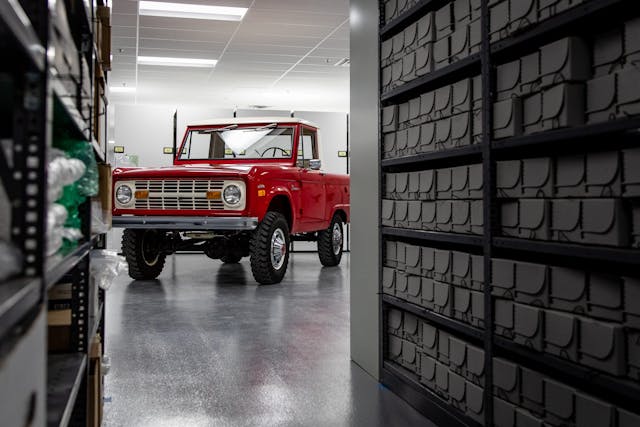
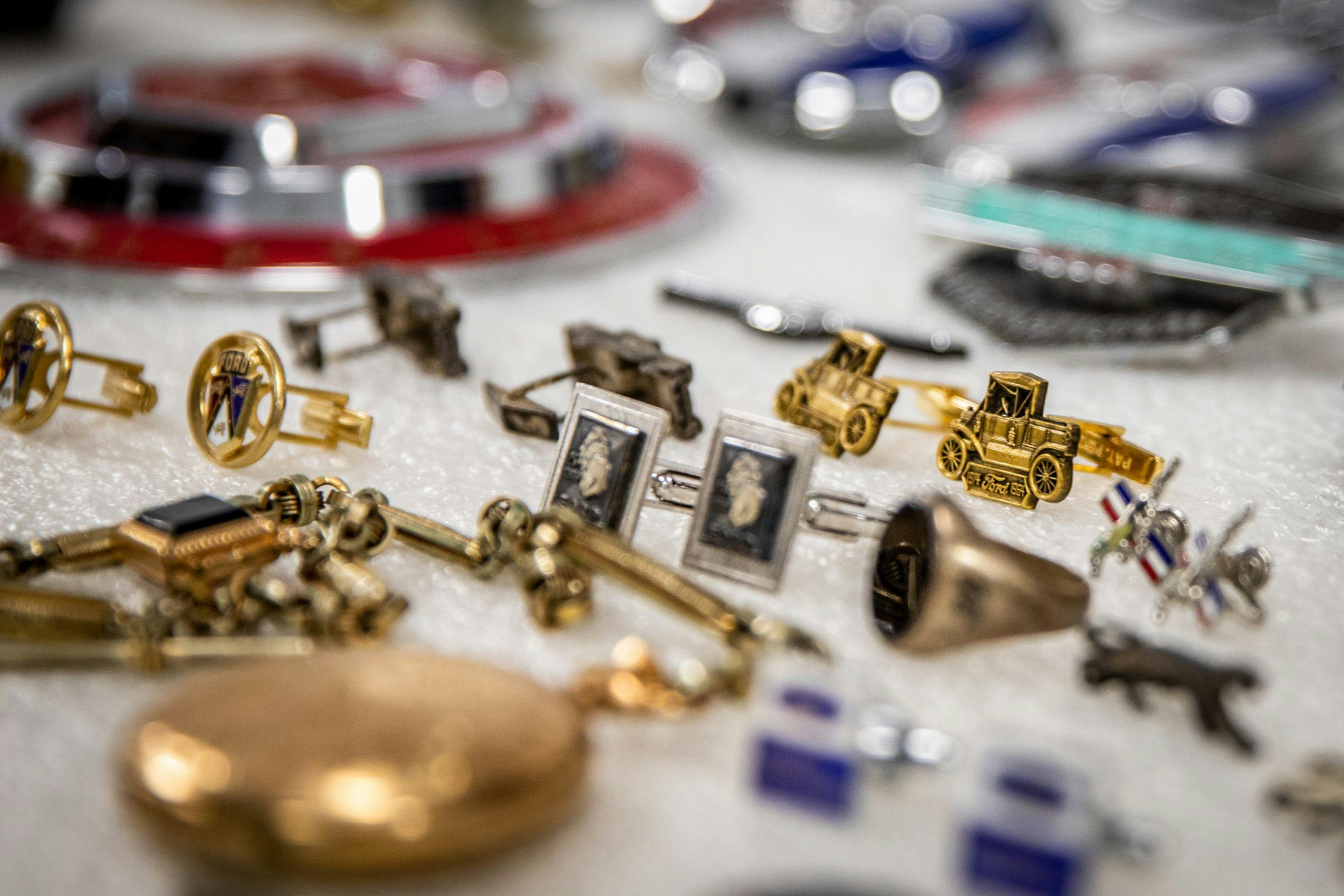
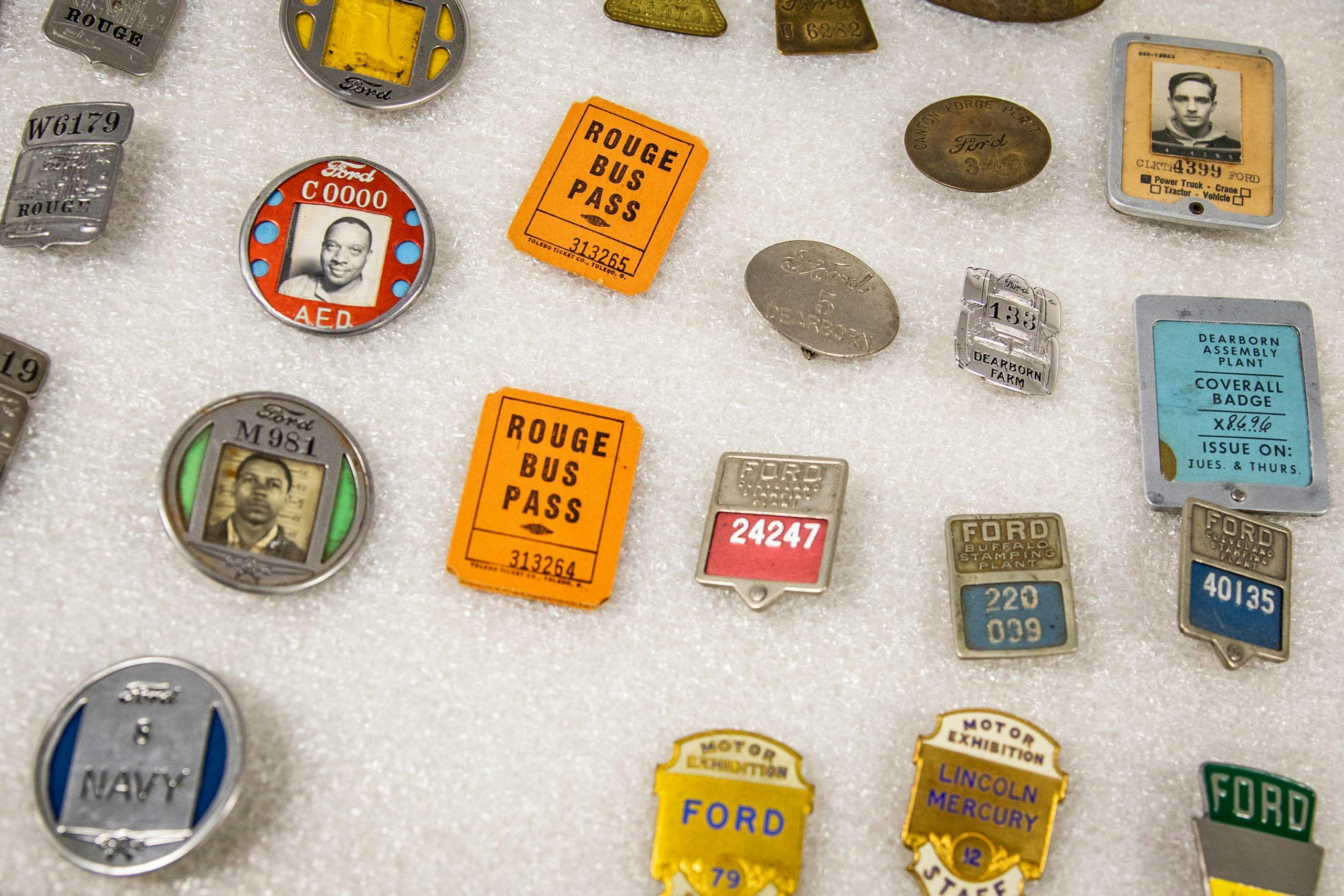
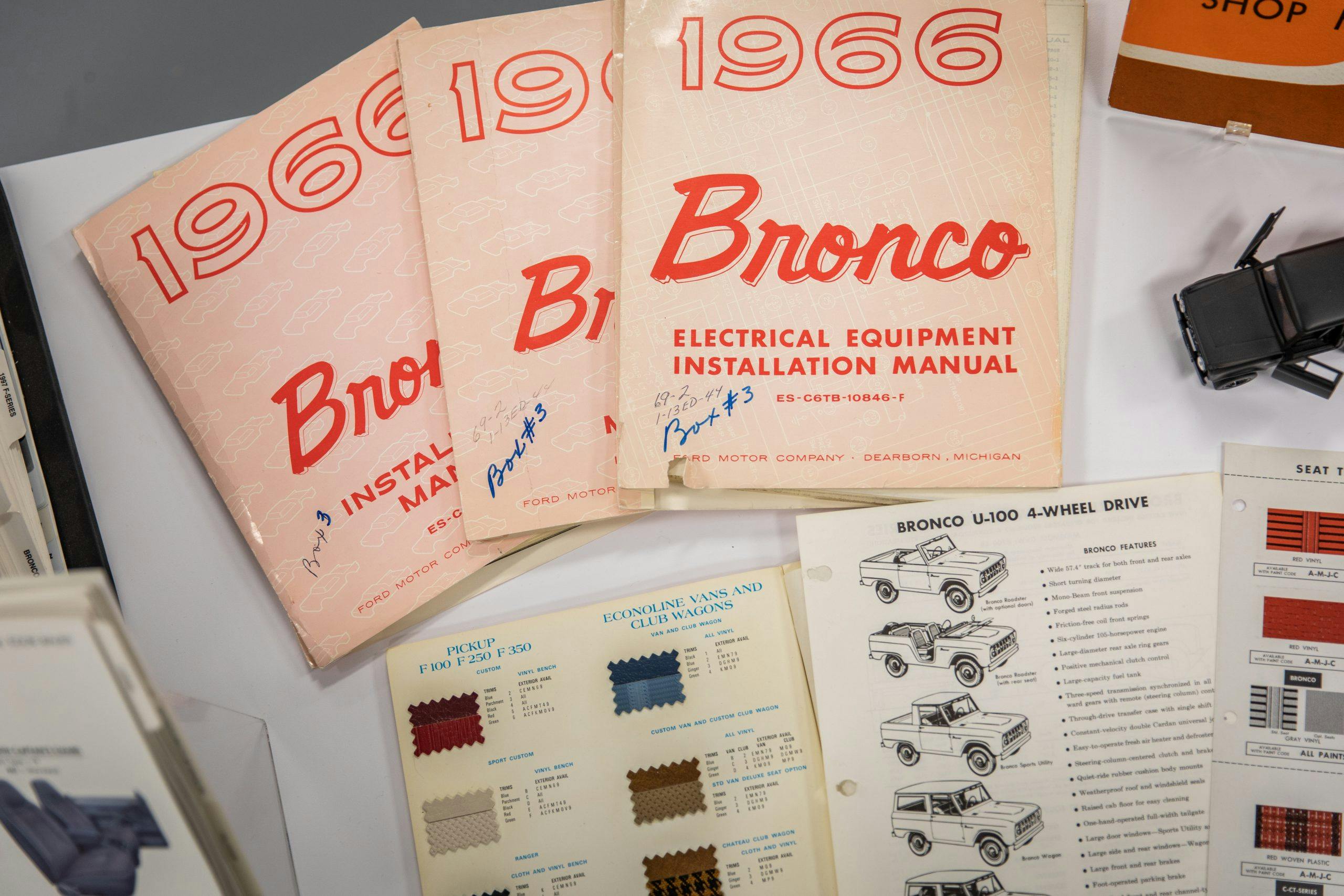
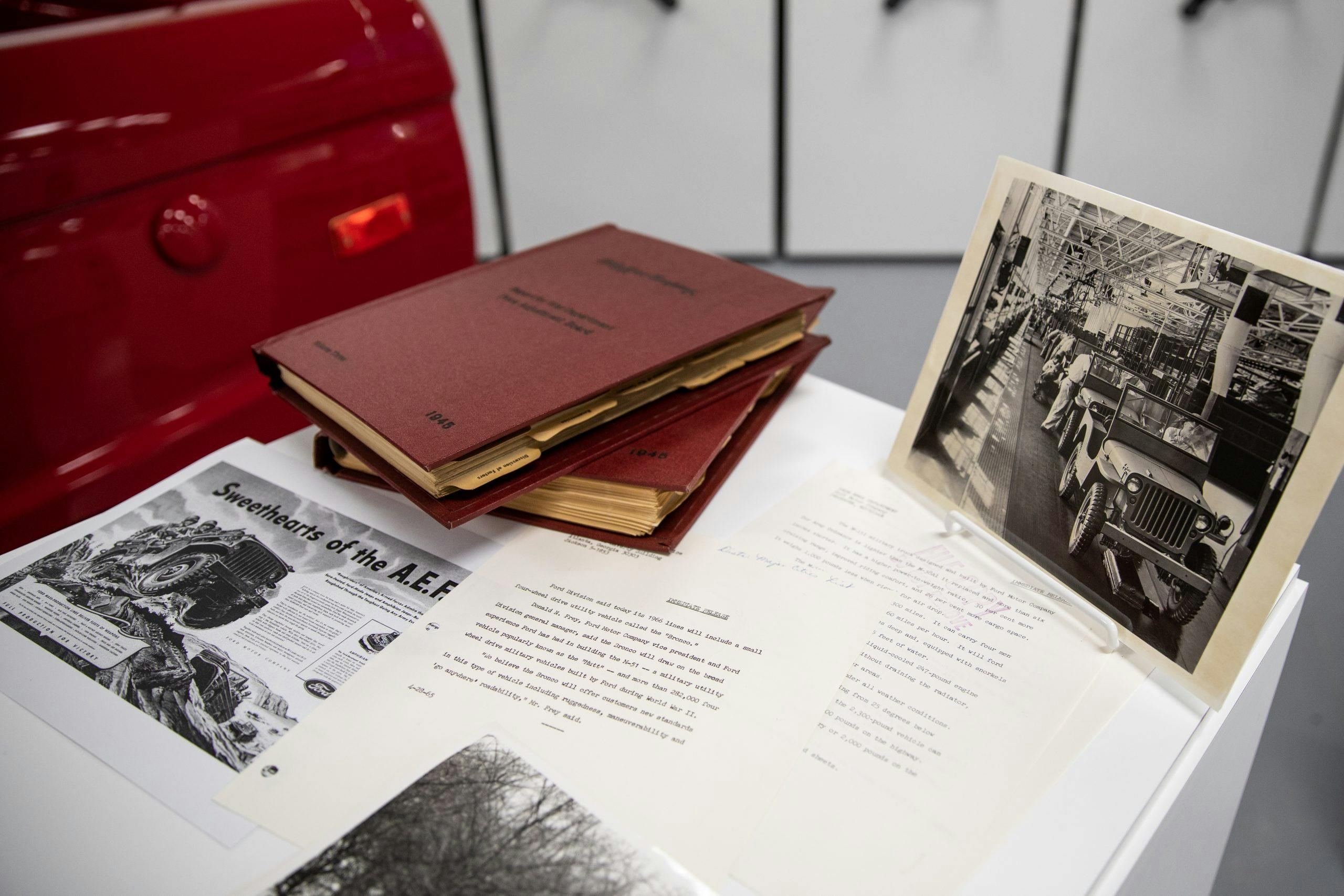
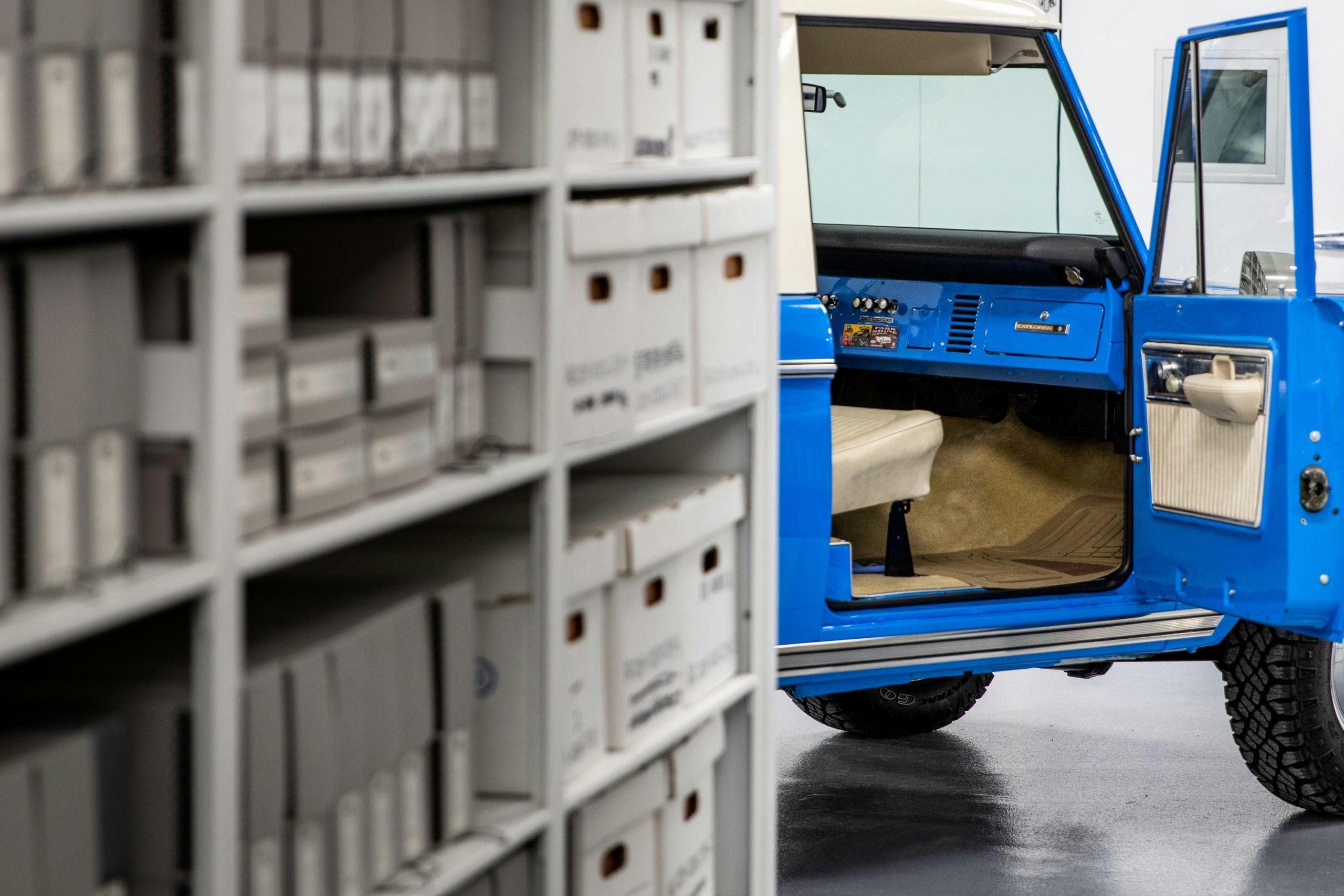
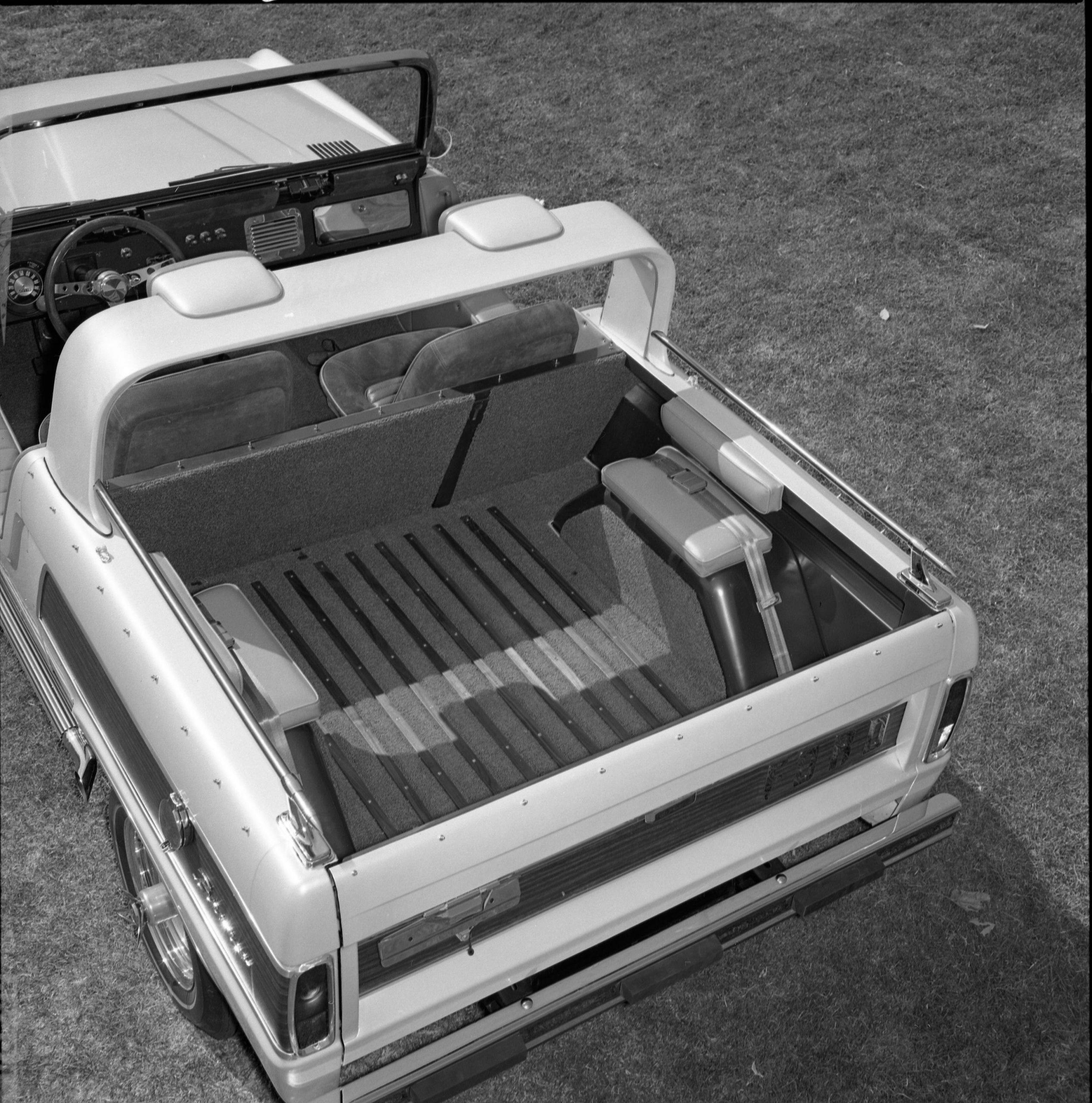
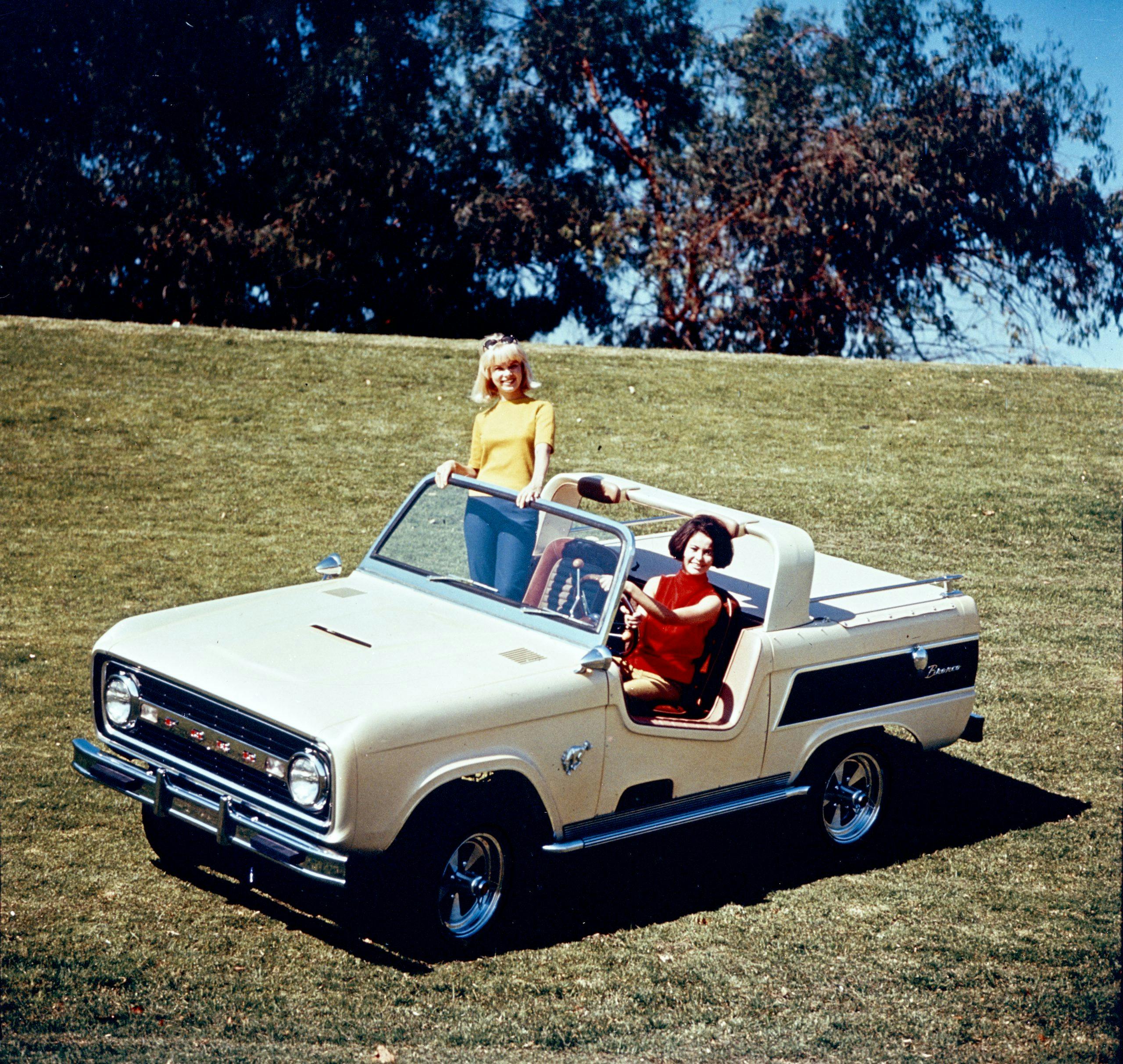




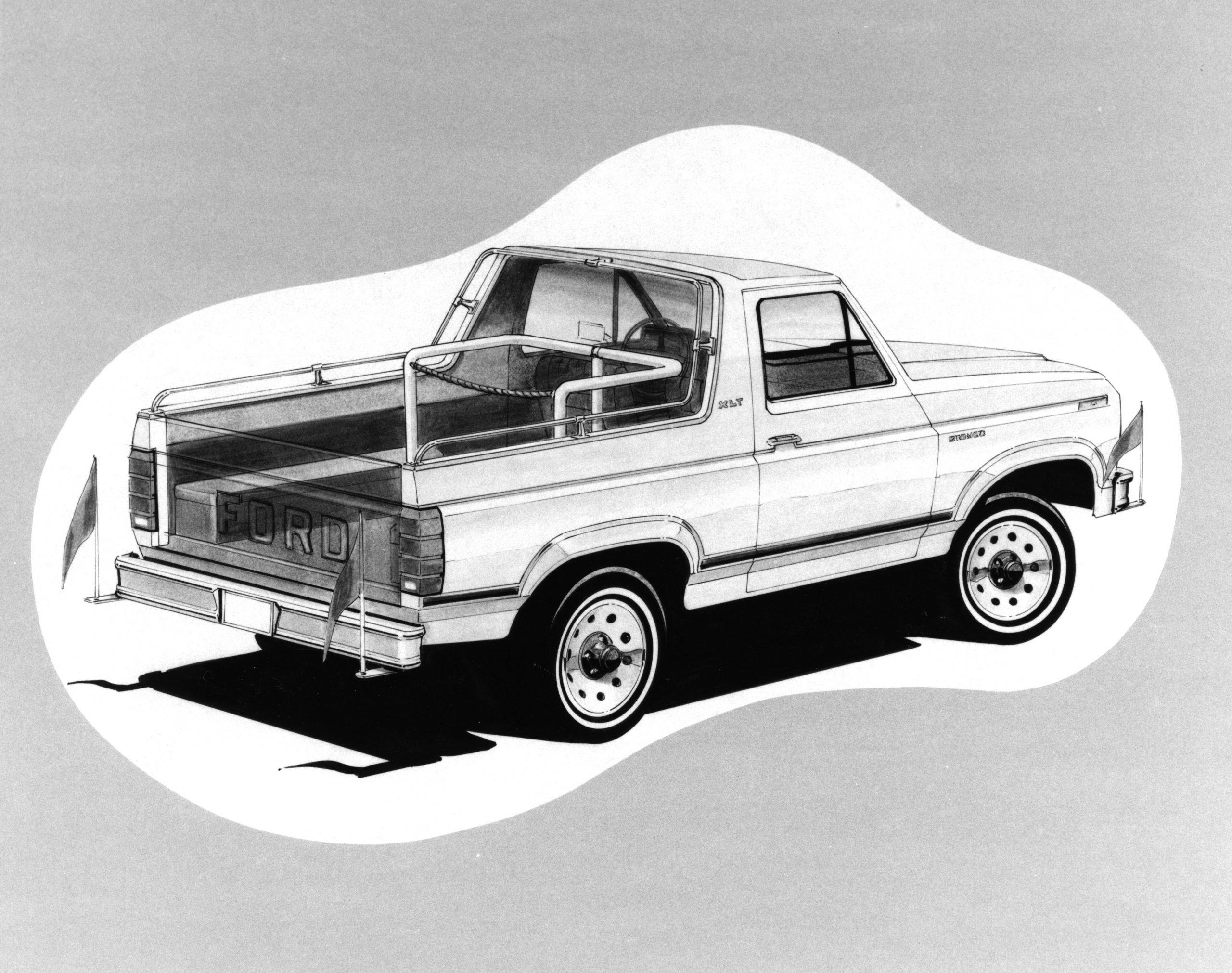
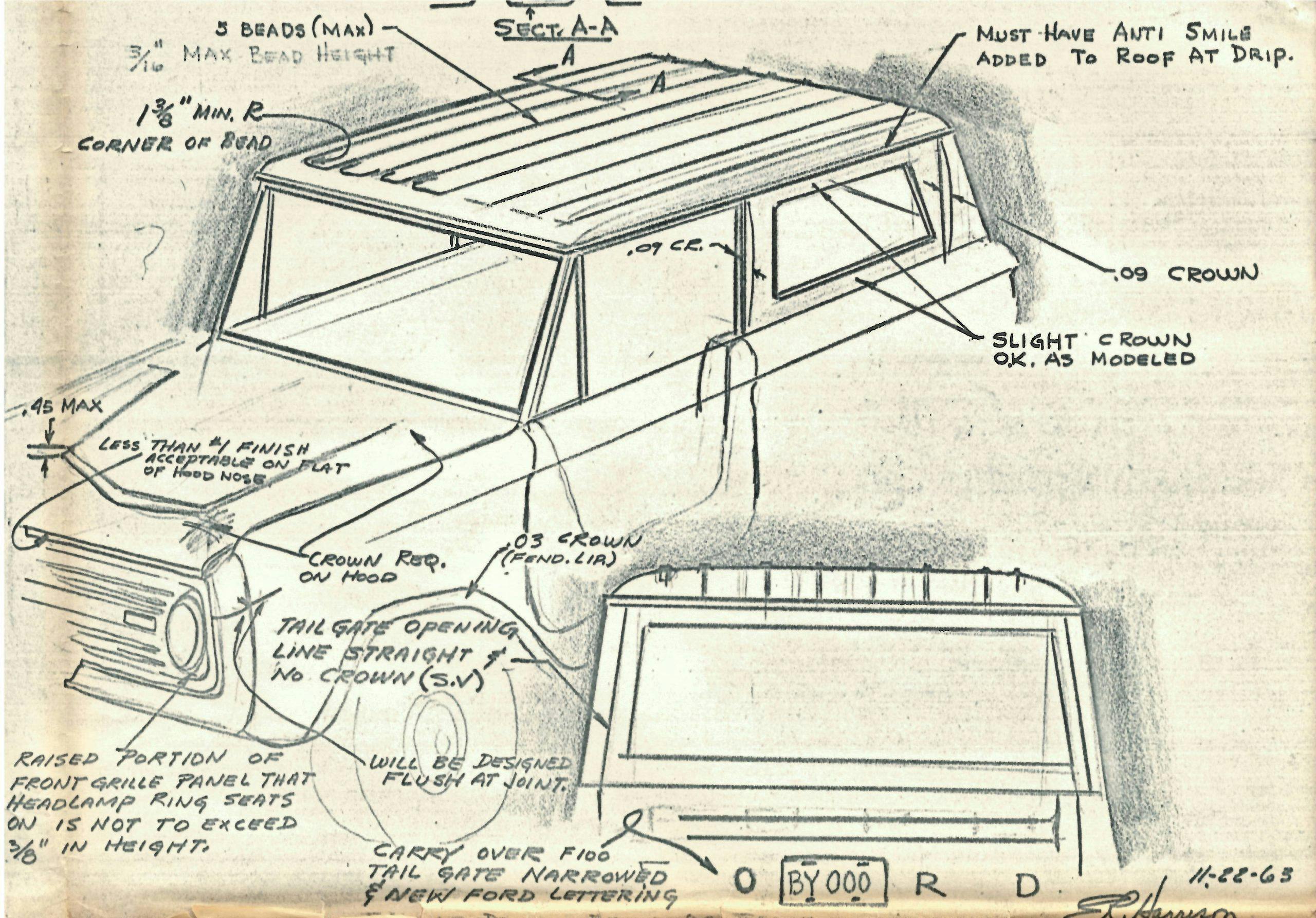
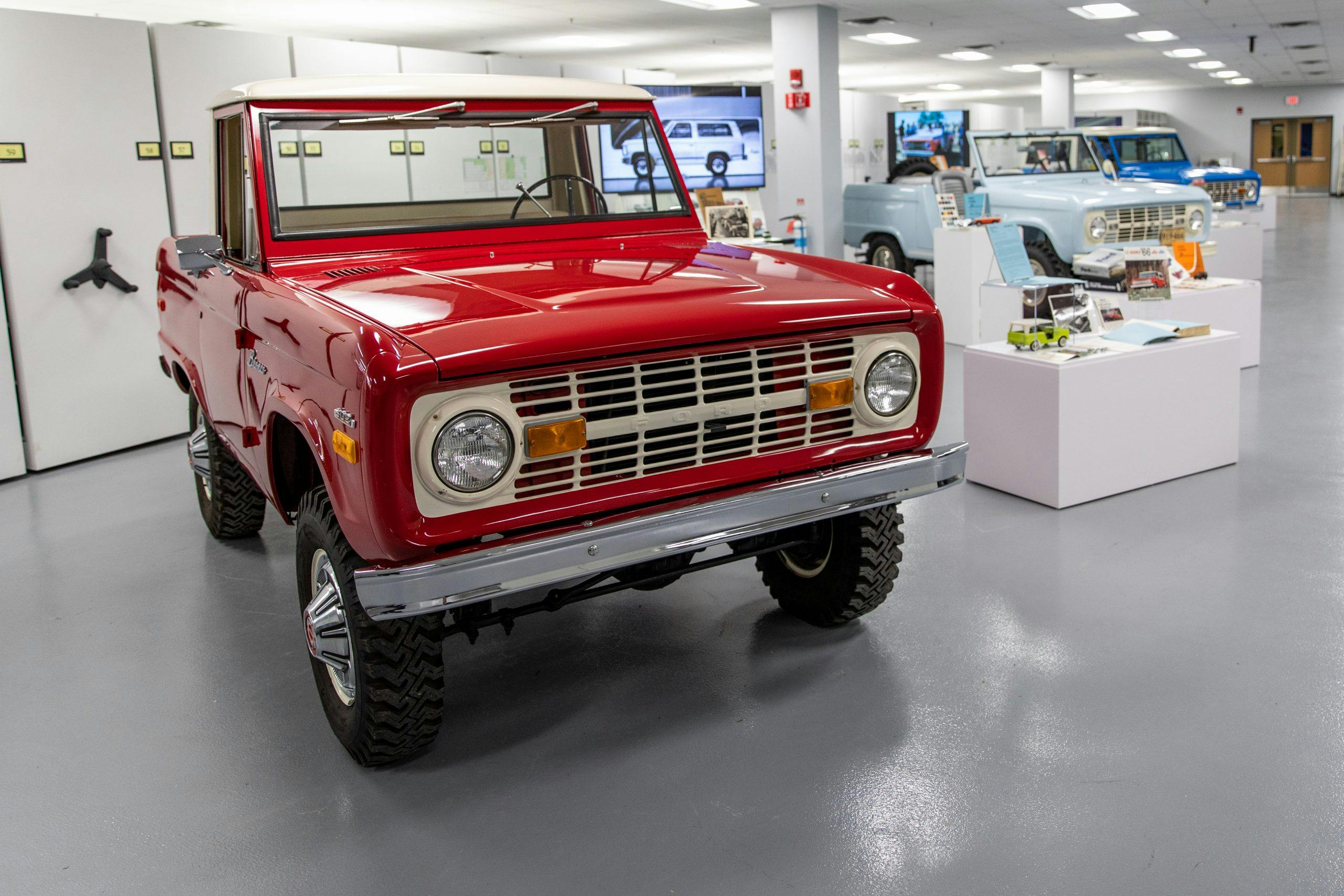
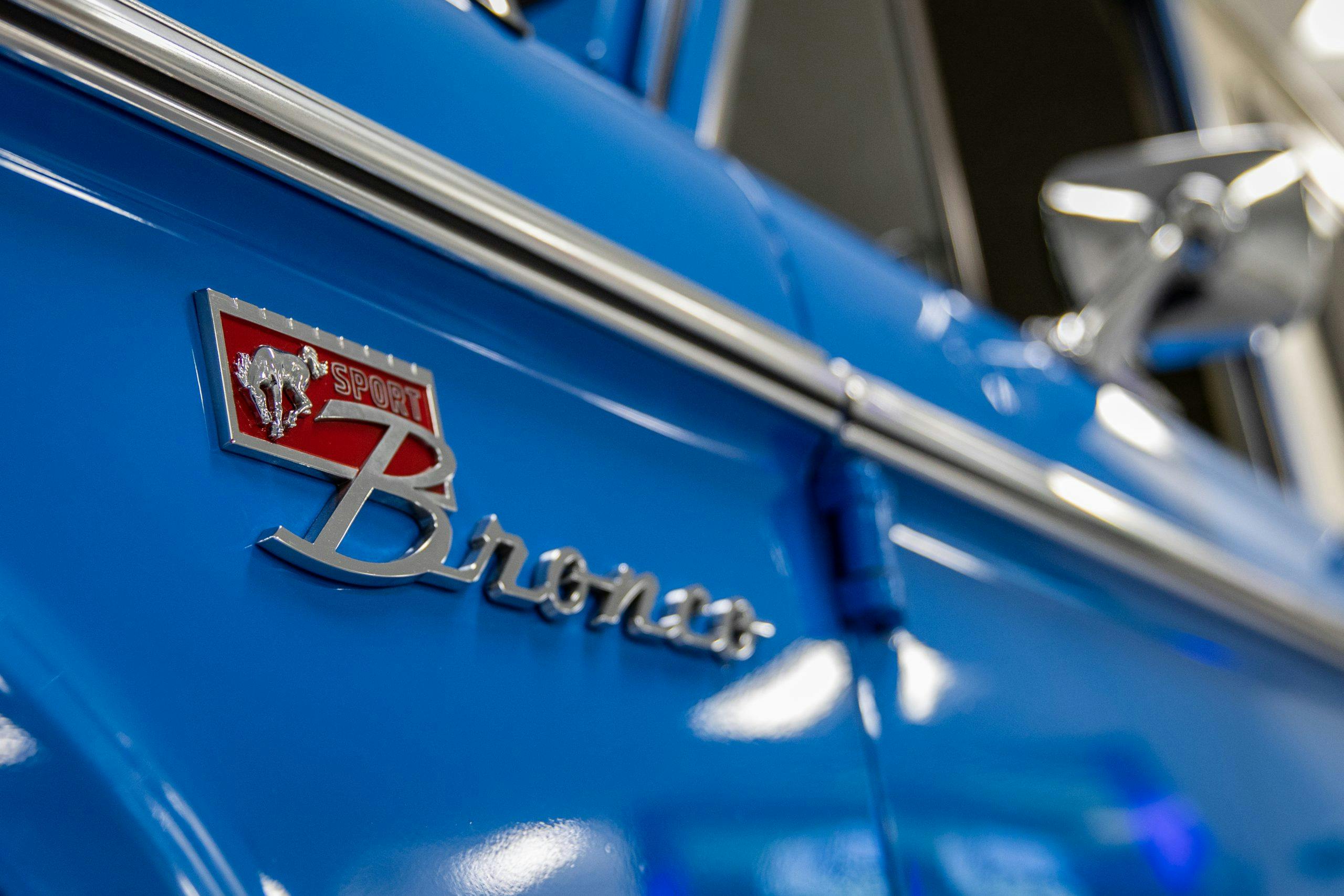

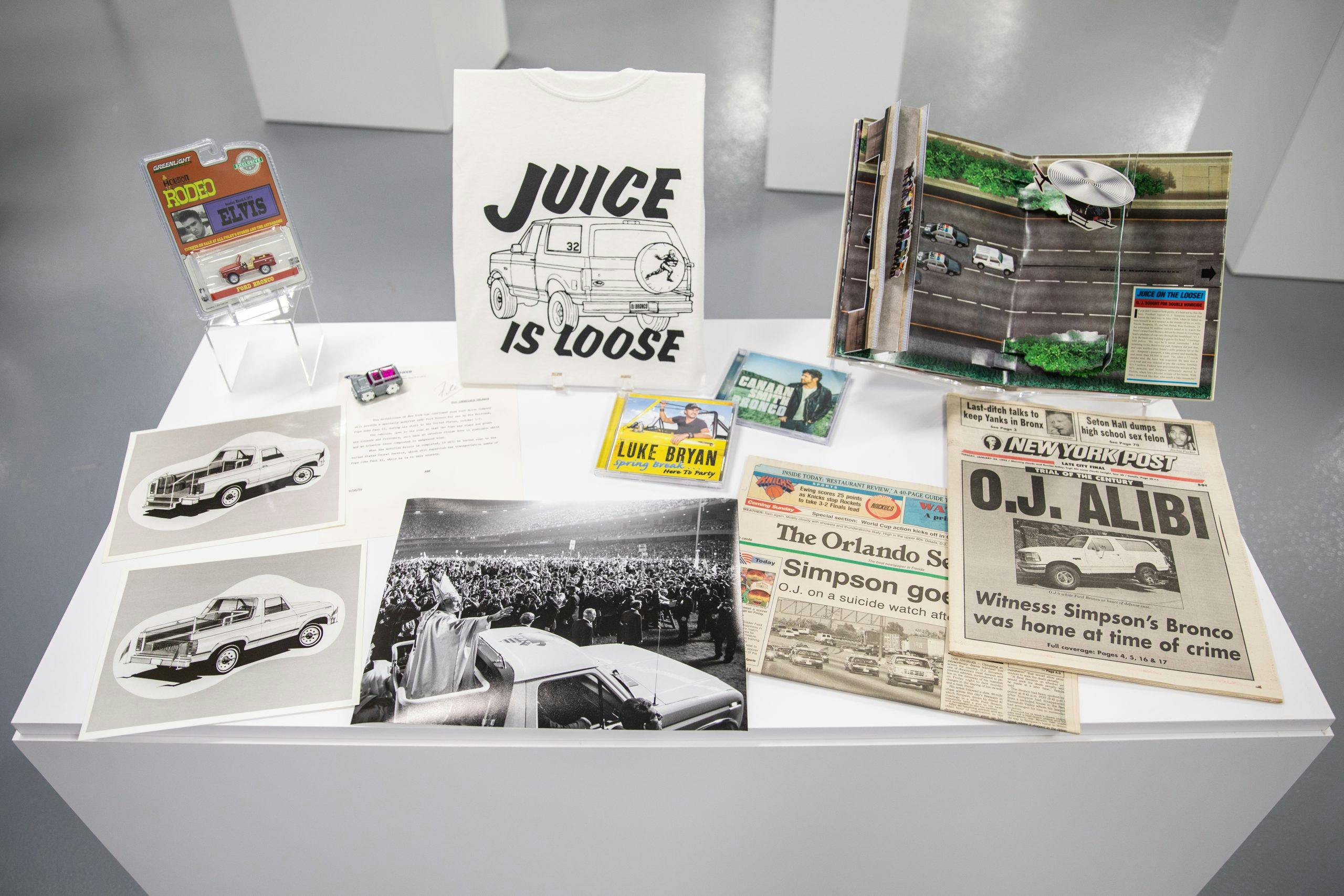

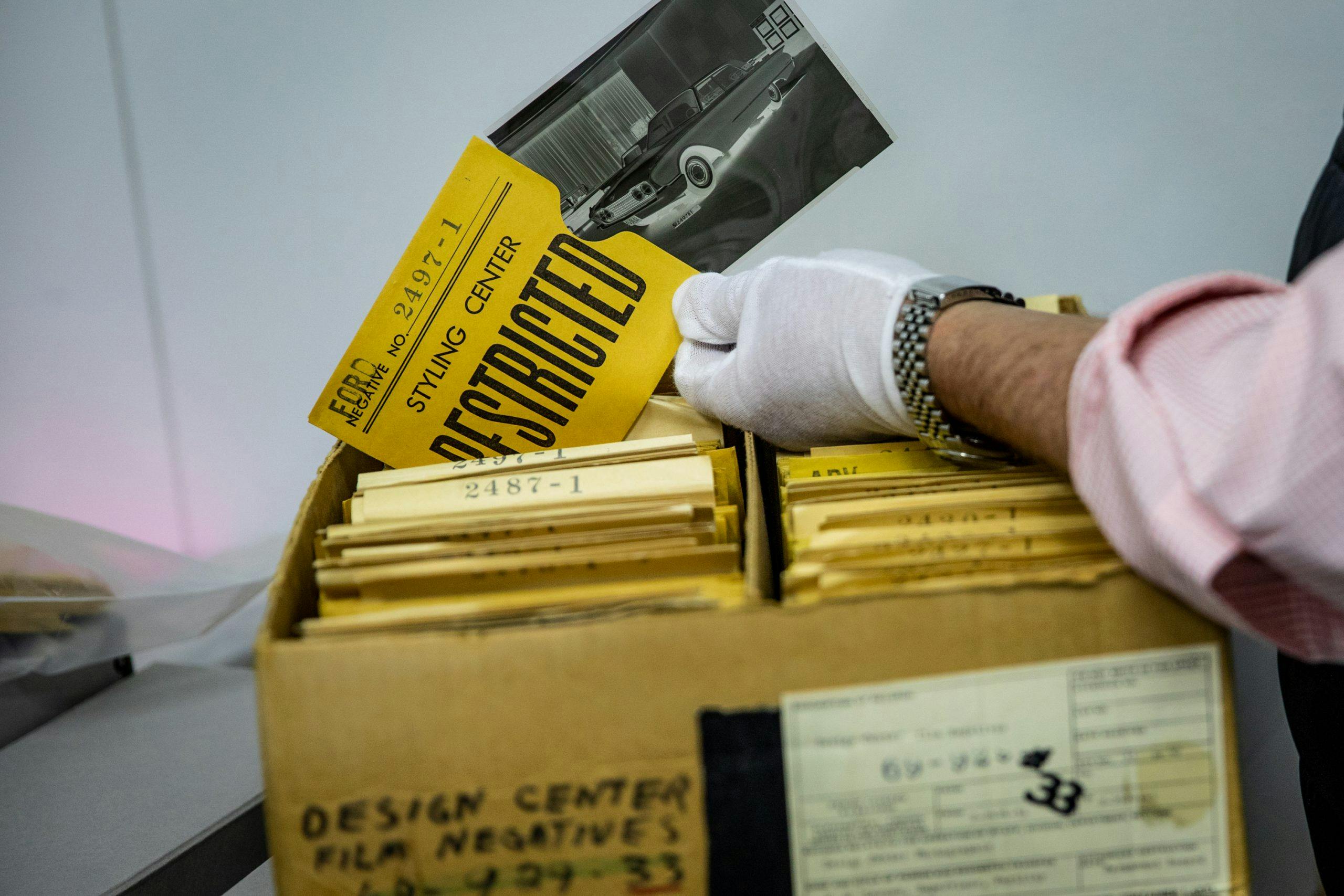
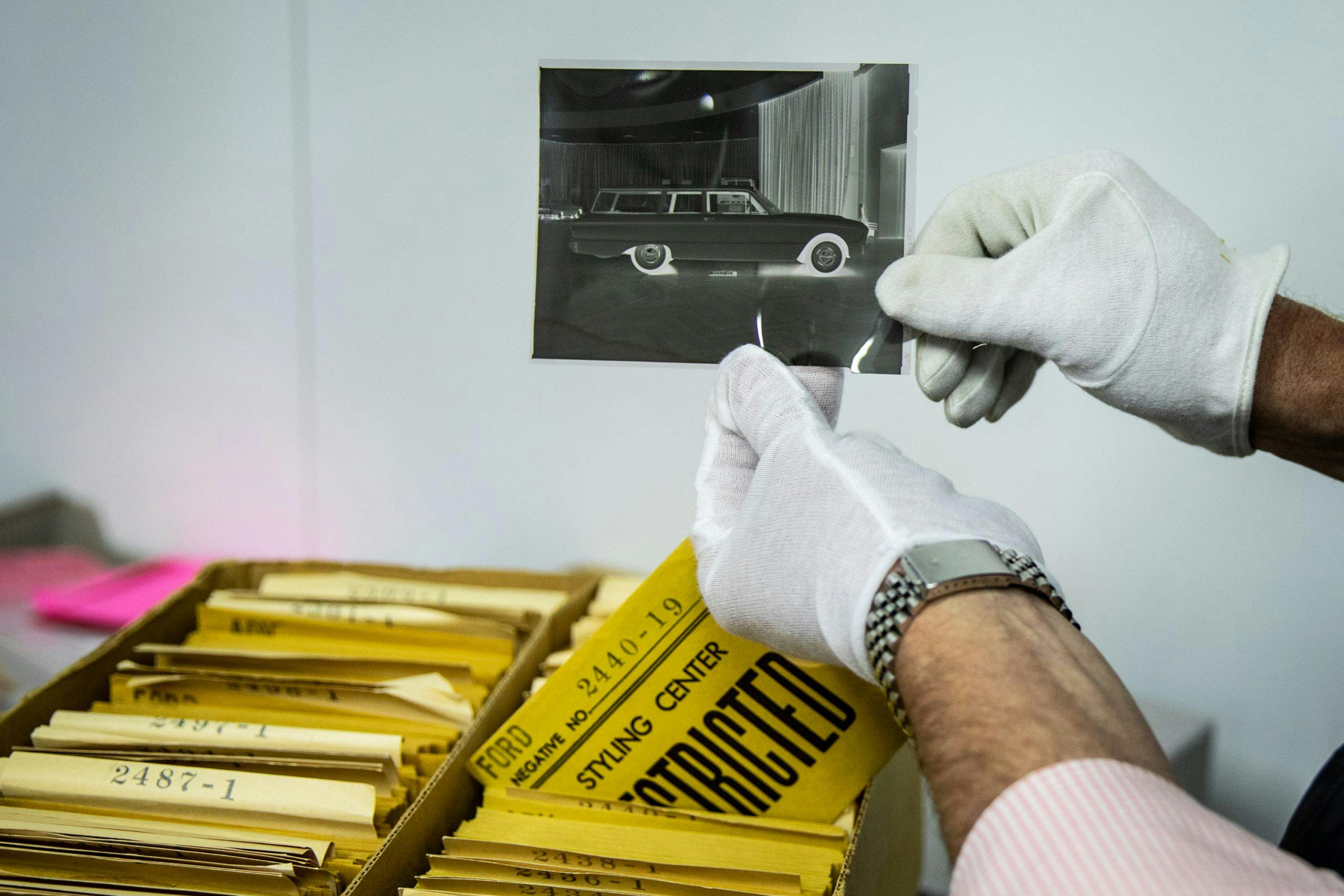
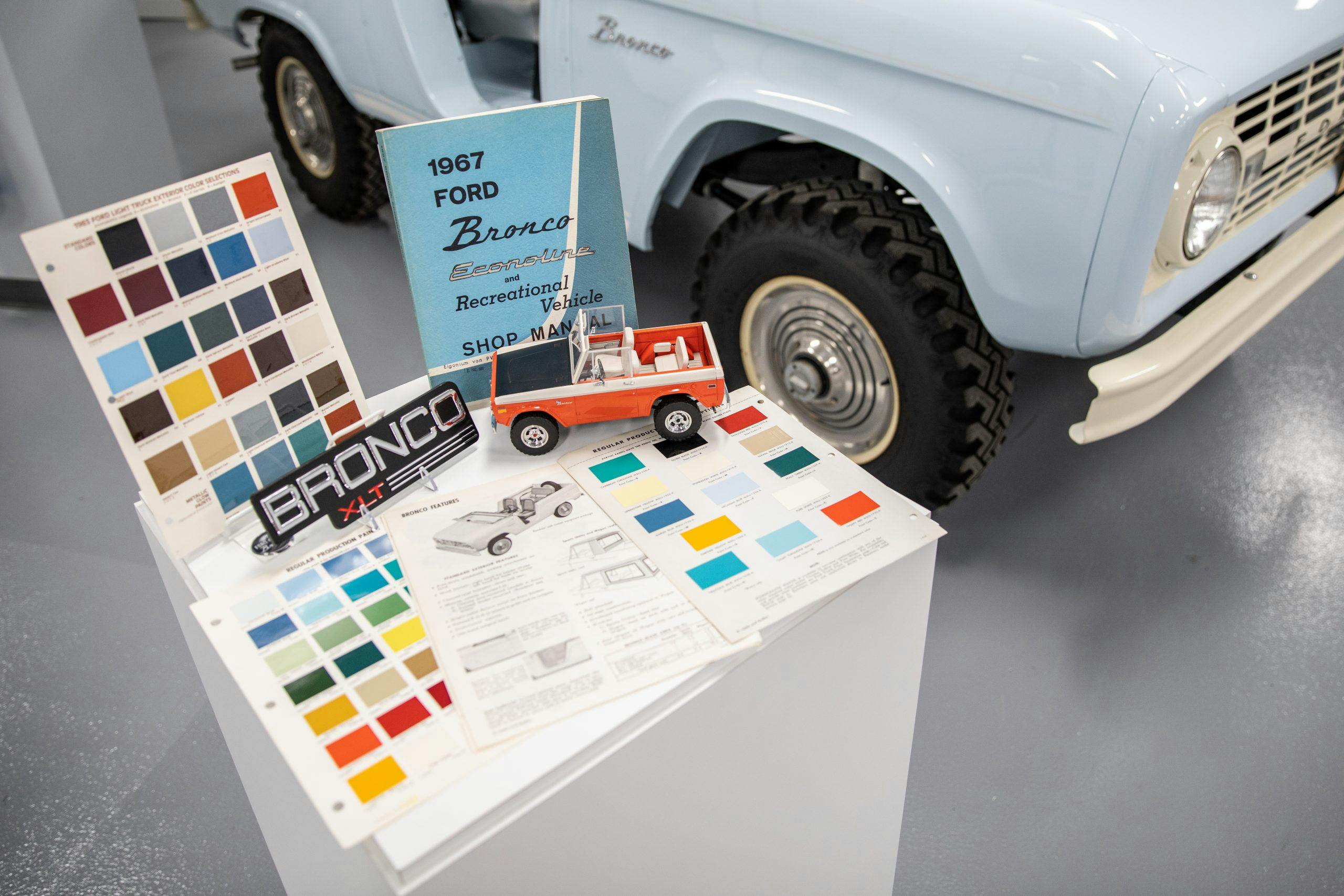
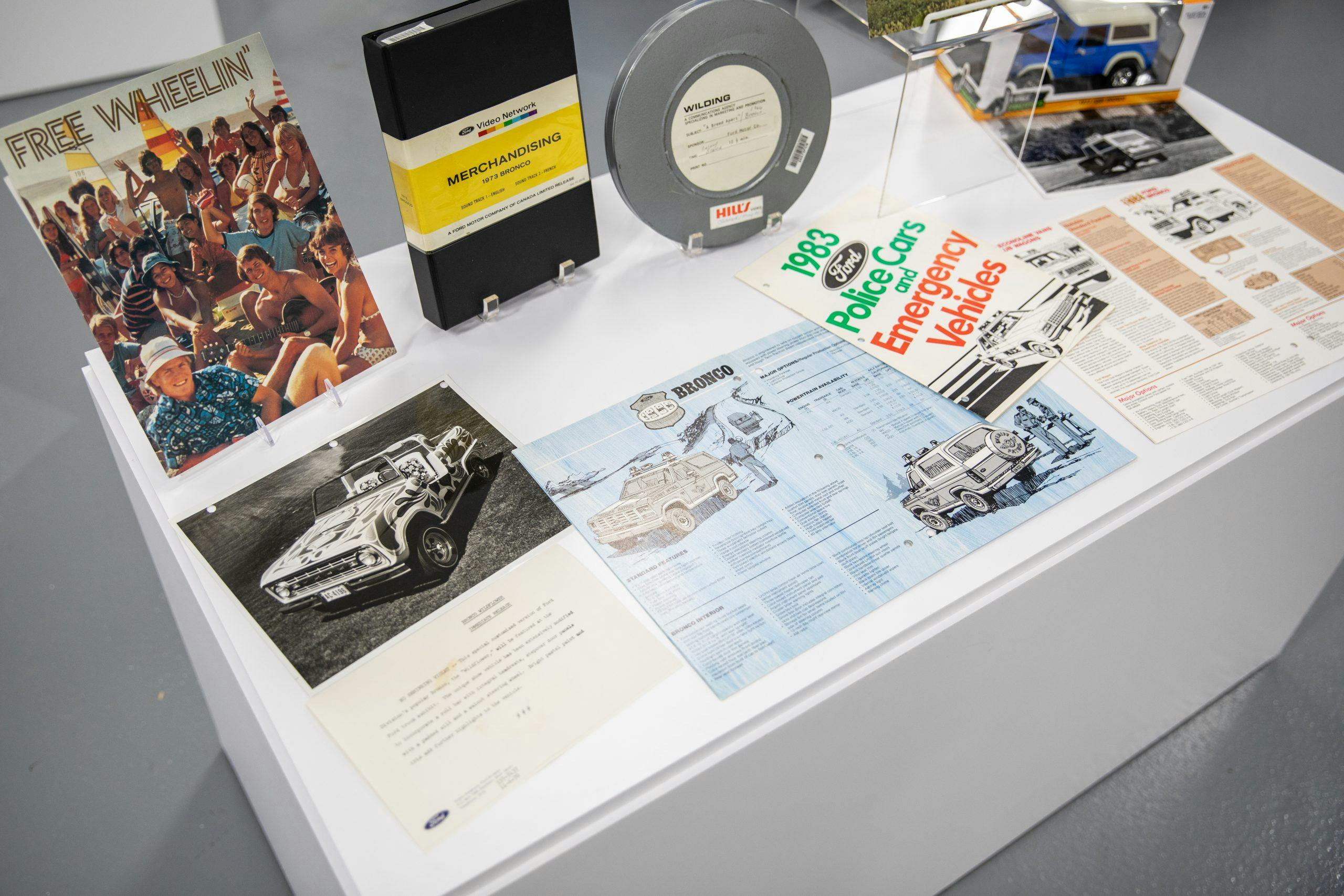


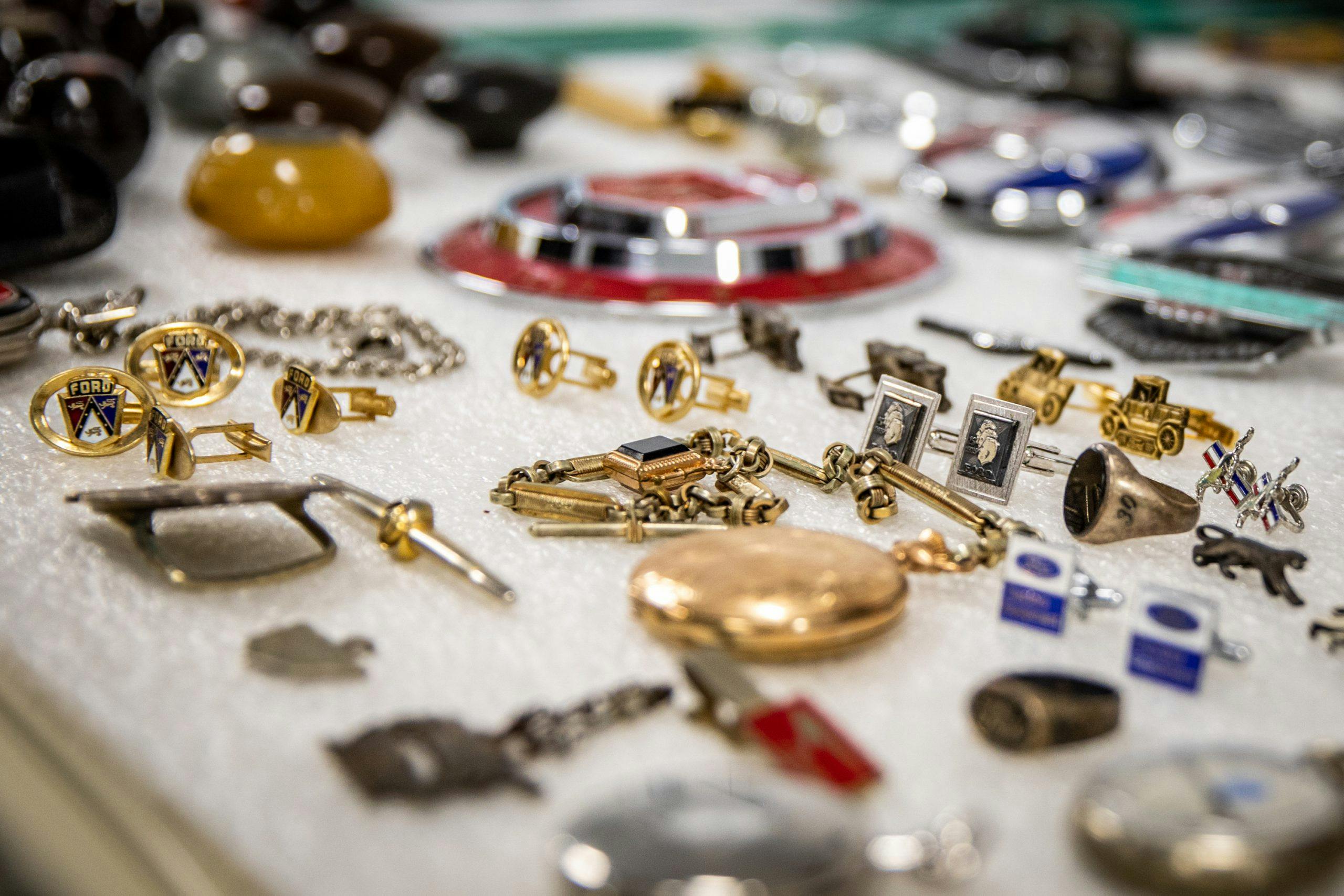
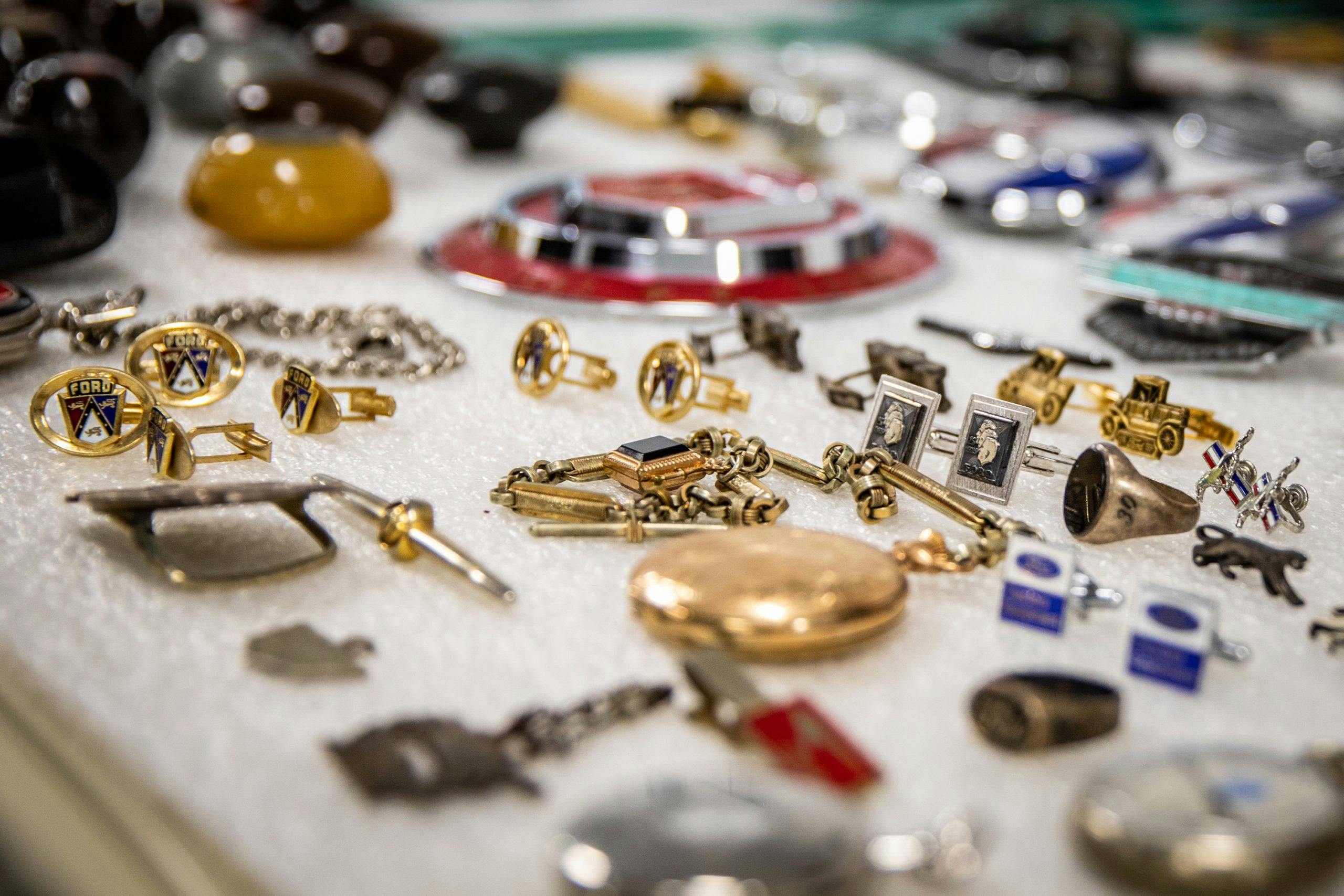
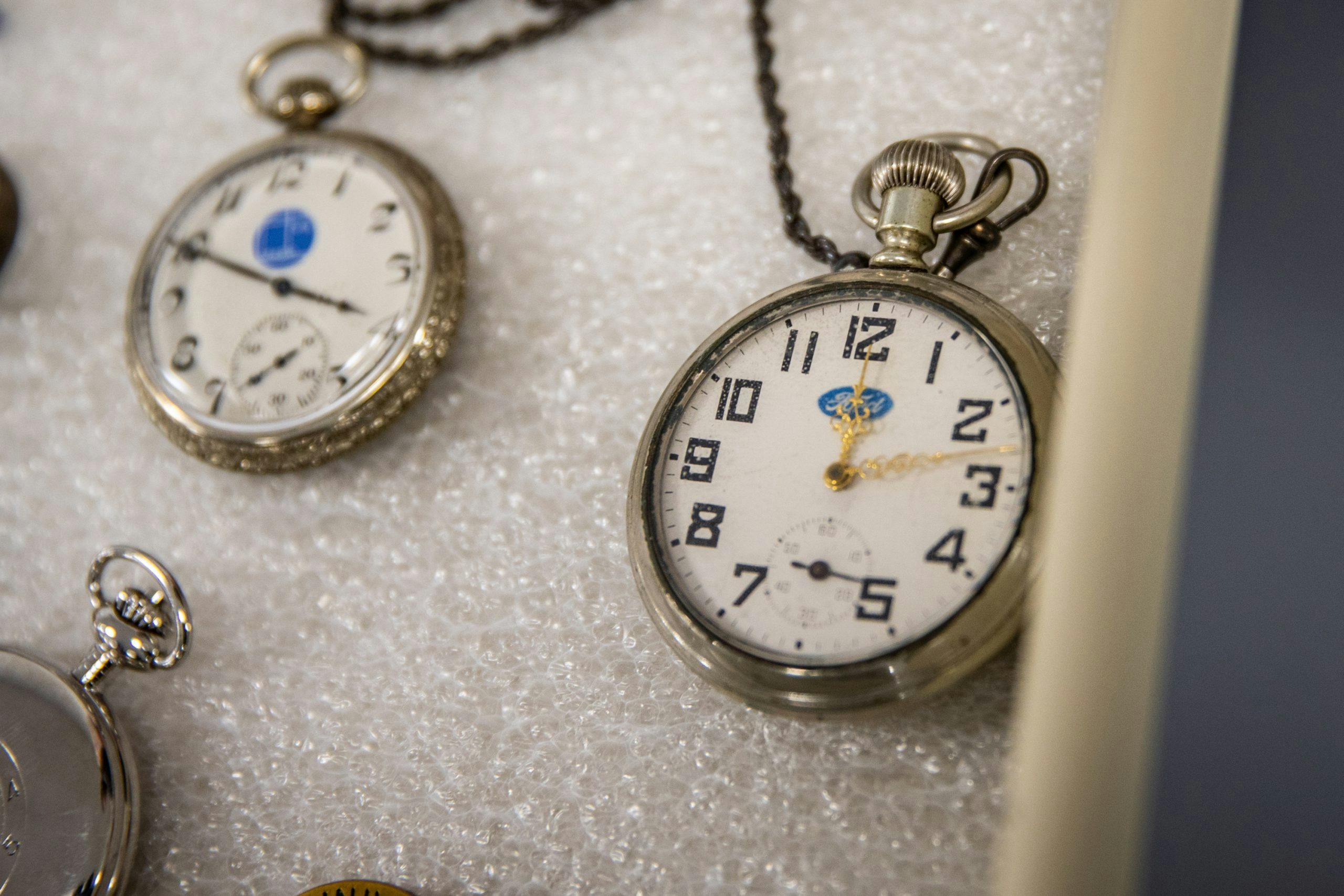


Sold my 1969 in 1989. Worst decision ever. Wanted a Ranger pickup for camping. Should have bought a trailer. Had a new 302 with a Edelbrock cam, intake and 600 carb. 4:11 or 4:10 rear end that thing flew off the line.